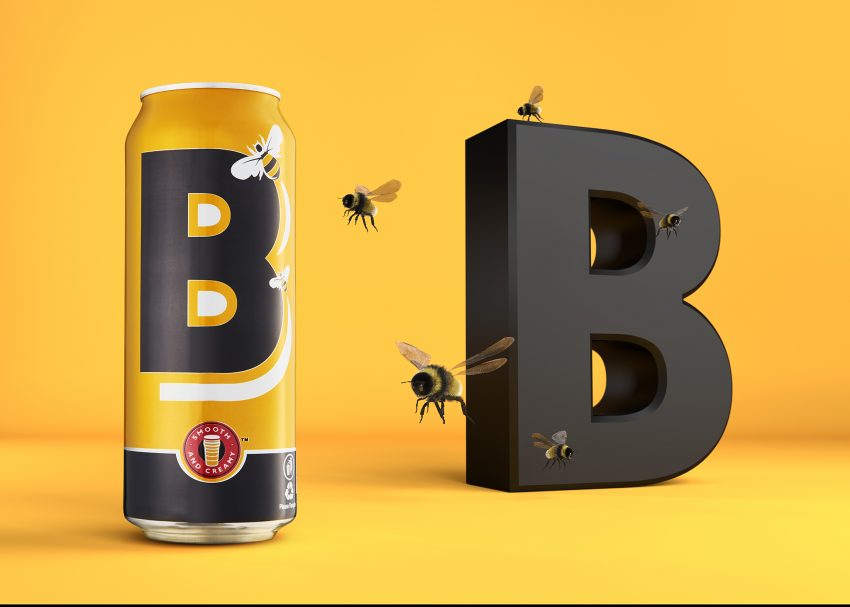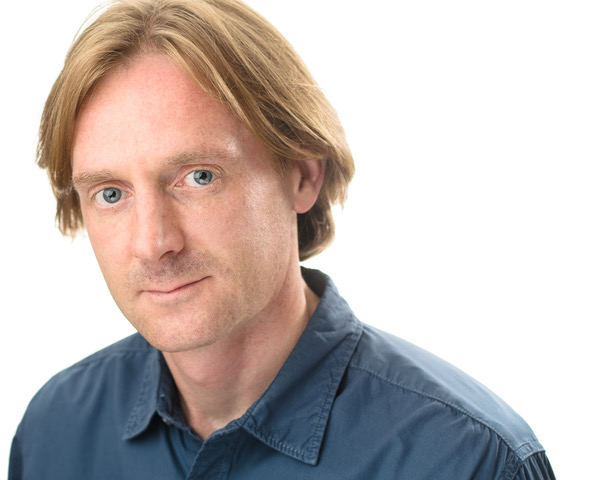Featured Interview
Ian Knaggs is an award-winning creator of still life and product images based in Leicestershire, East Midlands, UK. He is a Craftsman in the Guild of Professional Photographers well-recognized for his refined use of lighting techniques and his meticulous attention to detail. We think you will enjoy his amazing blend of creativity and technical precision.
When did you decide to be a photographer?
I’ve been an active photographer for just under 10 years. The last three years have been as a working professional. We have a full time photography business with a team of 2 people. I’ve learned a lot to get to our current standard, but I’m always learning and trying new ideas and concepts to bring new ideas to our images.
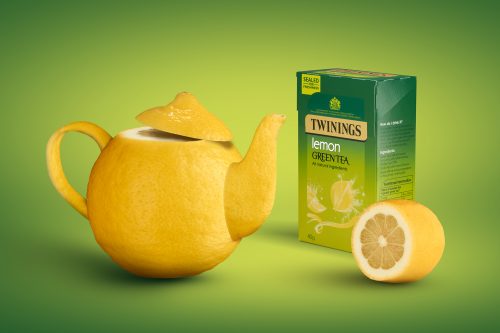
What types of photography services do you offer?
The majority of our work is shooting e-commerce packshots on pure white backgrounds. This has been the basis of the business since we started.
We do offer creative advertising images too and these are the ones that we really enjoy creating. At the moment, we shoot a lot less of these images than packshots. However, we do gain around half of our packshot clients because they have seen and like our creative advertising images and it confirms that we have the skills to create well-lit packshot images.
Whilst there is no real style to packshot images, as they are simply products on a pure white background, we create bespoke lighting setups for every different product rather than using a light-tent approach. This ensures that every product is well-lit and looks its very best.
As you can see from our creative advertising images, we generally shoot images with relatively simple, yet bold colourful backgrounds that are created in post production. This style makes the product the star of the image and the background is there to be complimentary and give it context.
We feel that our bespoke approach to both packshots and advertising images helps us to stand out from the crowd by tailoring the images to client requirements rather than just having a standard setup and a production line. This approach is backed up by a personal and attentive attitude to customer service.
What are your goals or plans as a photographer?
We are always learning and never sit back and think that we know it all. Looking forward to developing new techniques and concepts is something that keeps the job interesting as there is always something new to learn.
What made you decide to pursue product photography?
I entered into the world of photography and bought a DSLR camera around 10 years ago and was interested in shooting portraits. As part of my learning, I started working with off-camera flash. As it was not possible to always have a subject to shoot, I often used inanimate objects that were lying around the house, i.e. products. I soon found out that I much preferred the technical challenges that were required to make products look good versus shooting people and I specialised in product photography.
After winning a national magazine competition for the UK Practical Photography magazine in 2011, I realised that there was a possibility of turning this hobby into a business. Ever since then, I’ve been developing both lighting and post production skills to create new images.
I am an active member of the UK Guild of Photographers and regularly enter their Image of the Month Competition, and have won the Commercial Image of the Year in 2017 & 2018.
How did you come across Photigy?
I first learned about Photigy after discovering Alex Koloskov’s videos on YouTube around eight years ago. These Akel Studio productions then became Photigy. The Photigy Facebook group has always been a great source of inspiration and support for me and the open, honest and constructive feedback from knowledgable professionals and enthusiasts alike has been a great help on my photographic journey.
How many product photography courses or workshops have you taken through Photigy? Do you have a favorite course or workshop?
Over the years, I have taken around five courses from Photigy, ranging from splash photography to jewelry and creative compositions. Splashes have always been a favourite of mine and the techniques taught in the Photigy courses really do cover all the aspects of shooting and lighting that are required to produce stunning images.
When you first got started, what did you find to be the most challenging aspect of photographing products?
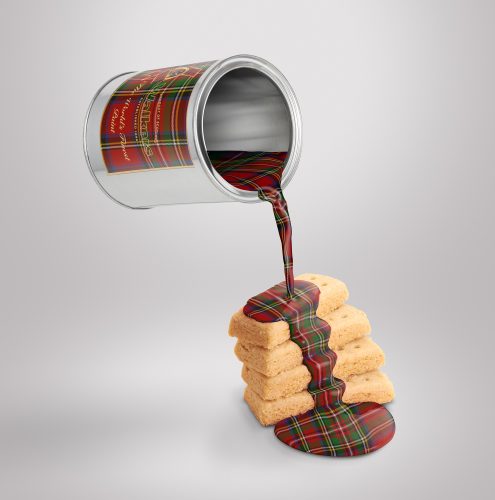 Lighting has always been the biggest challenge and, due to the amount of work involved in perfecting lighting techniques, this also provides the greatest rewards. Like any skill, with practice it develops and improves over time. As time has progressed and my skills have increased, the next challenge is just a little larger than the ones before it.
Lighting has always been the biggest challenge and, due to the amount of work involved in perfecting lighting techniques, this also provides the greatest rewards. Like any skill, with practice it develops and improves over time. As time has progressed and my skills have increased, the next challenge is just a little larger than the ones before it.
What is your favorite product image you created since taking courses/workshops through Photigy?
The latest image that I create is generally my favourite up to that point in time! However, I like quirky images that grab the viewer’s attention and make them stop, look, think and question what they are looking at. If I had to say, my three favourite images are the Apple mouse, Lemon teapot and Tartan paint.
What specialty in product photography interests you the most?
I love the diversity and challenges of creating images using different products and do not specialise in a single type of product. I do, however, create images that are of a particular style rather than of a particular product. Food and cosmetics are generally the subjects that I shoot least; however, this is simply because I’ve not worked with clients producing these products, yet!
How has your learning experience with Photigy affected your success as a photographer or pursuit of photography?
Photigy has been a huge part of my learning and has taught me far more than any other platform. The willingness to share techniques that, in years gone by were treated as “trade secrets.”
Without the quality and quantity of training material and, more importantly, the constructive feedback from Photigy, my product photography would definitely not be anywhere near the standard that it is now.
The knowledge I have learned from Photigy has enabled our business to flourish and provide high quality images for a huge range of businesses and products. It has also allowed us to move away from the base-end of the market where a larger number of distinctly average photographers are competing purely on price and volume, and it has allowed us to offer high quality images at competitive rates to clients who understand the value of quality photography to their business, rather than just the cost of it.
What advice do you have for people interested in pursuing product photography?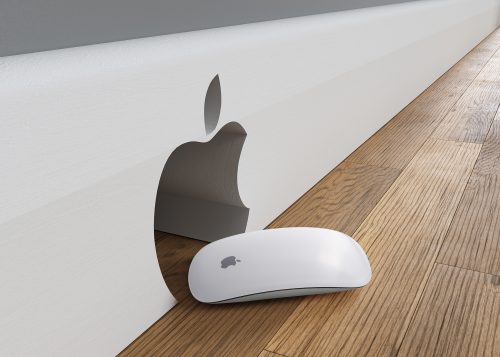
The most important thing is to learn the basics first. This is one area where Photigy excels. Anyone can copy how to shoot a product, but the deeper understanding of why the particular lighting or composition is beneficial to the image is so much more important. This is because this knowledge can then be used, modified and applied to all future images.
Good product photography is directly related to a fundamental understanding of the behaviour of light and how it interacts with the product that you’re shooting and the materials that it is made from.
What other areas of photography interest you?
Computer Generated Imagery (CGI) is an area that I have started to explore in the last year and it is becoming an integral part of creating new images. The availability of CGI software and teaching material is increasing as well as the computing power required to model and render complex scenes.
Even though there is no actual ‘photography’ involved in CGI images, an equivalent level of photographic and lighting knowledge is required to produce images using these methods. You still need a sound understanding of lighting, materials and camera properties such as depth of field to create believable renders.
At the moment, I find that CGI methods tend to be more time-consuming than photographing and editing images. I often use CGI to generate backgrounds for products that we shoot and then combine the photographs with the renders in post production. For example, this is a very effective method for creating realistic shadows from products onto surfaces.
About Ian
Courses Taken:
Check out more of his creative photos on his website:
and follow him on social media:
Instagram: @ik_product_photography/
Pinterest: @ianknaggsphoto/
Facebook: @ianknaggsphoto/
YouTube: @ianknaggsphotography
Behance: @IanKnaggs
LinkedIn: @ianknaggs

